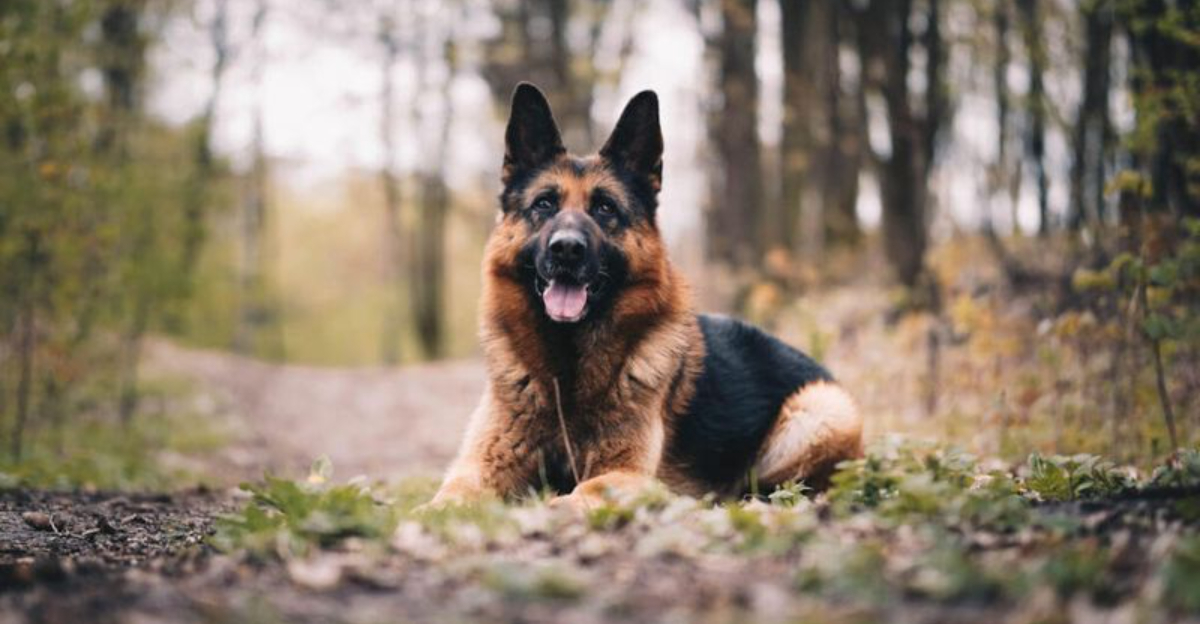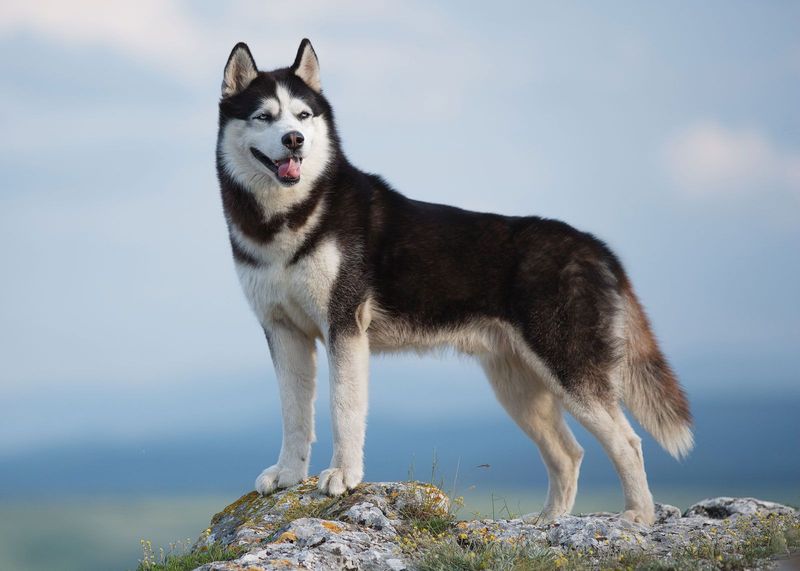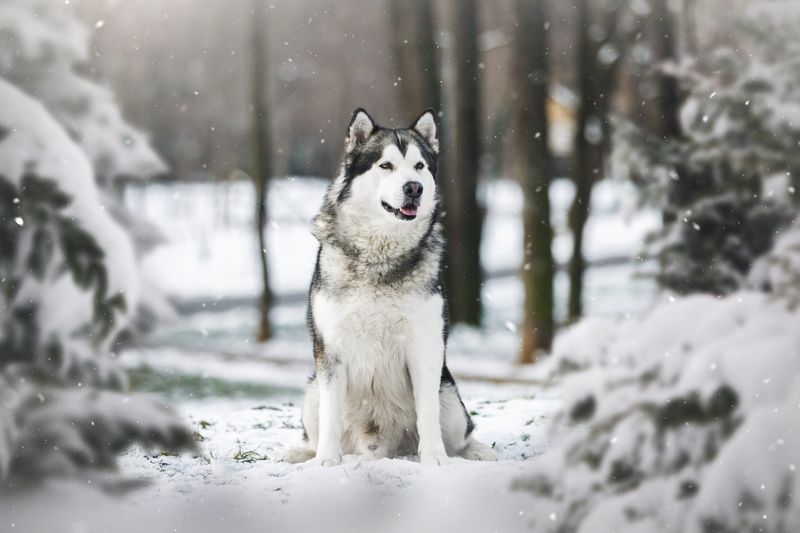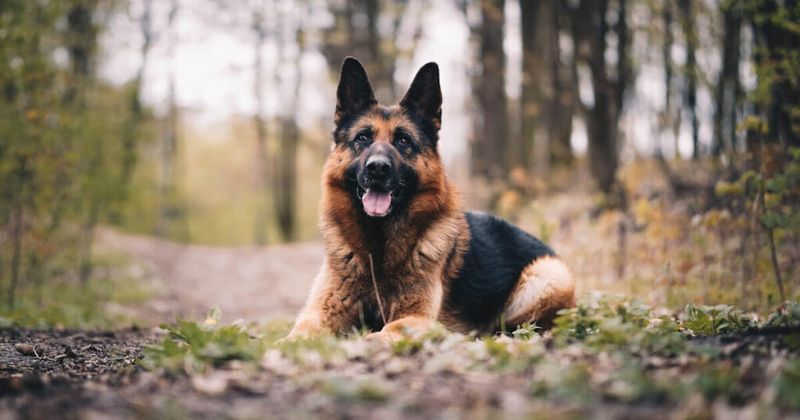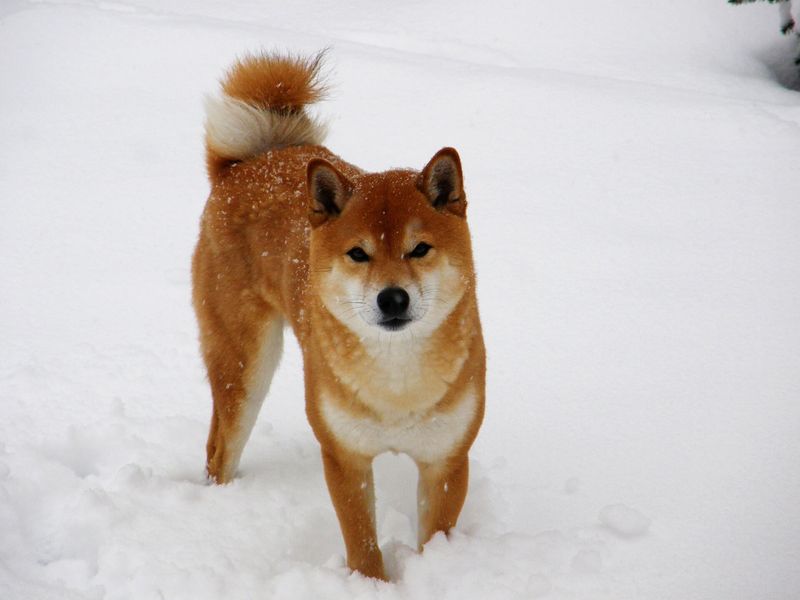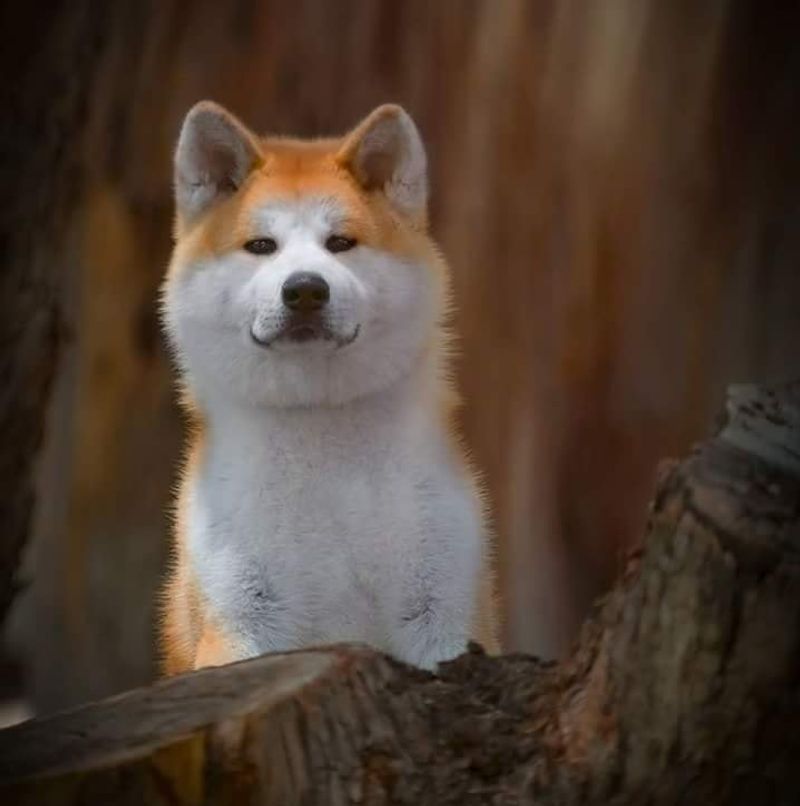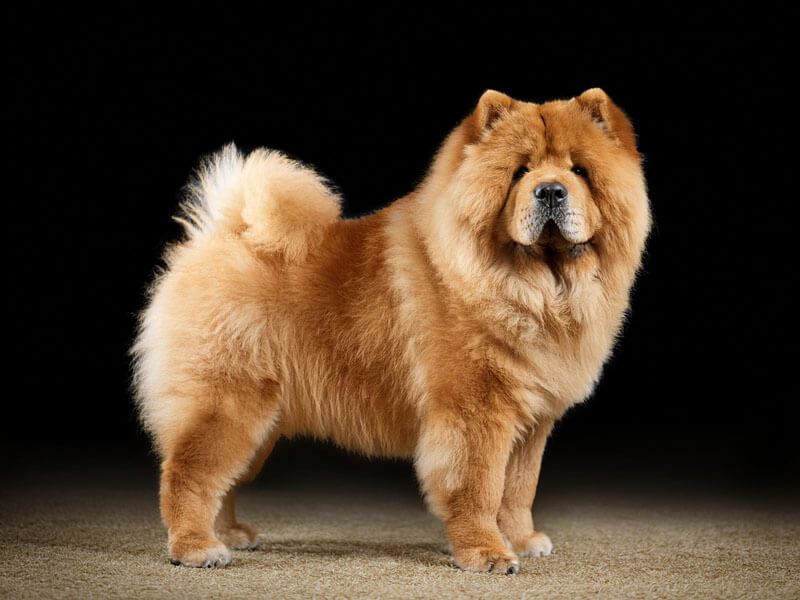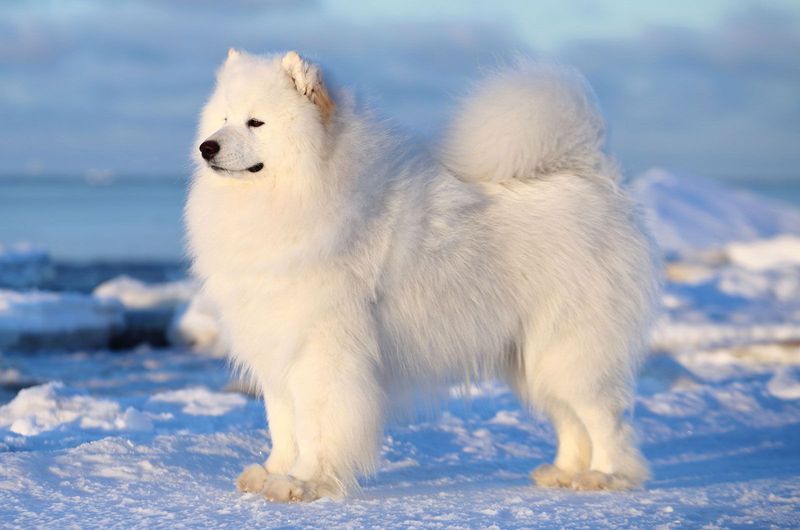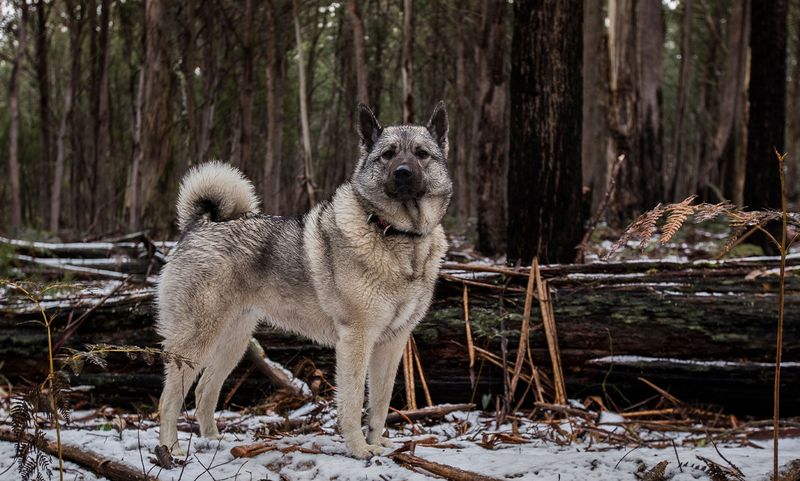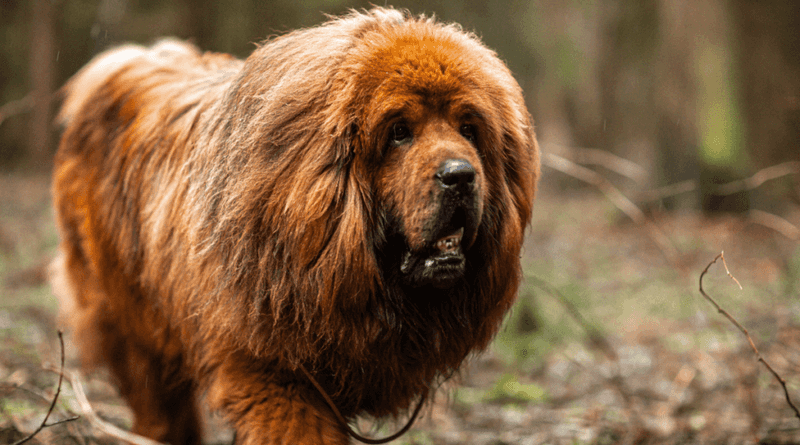Dogs, known as man’s best friend, have an intriguing ancestry that ties them closely to wild wolves. Over thousands of years, selective breeding and domestication have transformed these fierce predators into loyal companions. This blog explores 11 fascinating dog breeds that trace their lineage back to wild wolves, showcasing the diversity and evolution of our beloved canine companions.
Siberian Husky
With its striking blue eyes and distinctive mask, the Siberian Husky hails from the snowy lands of Siberia. This breed was originally developed by the Chukchi people for sled pulling, known for its stamina and speed.
Huskies are famous for their friendly nature, often thriving in packs, reminiscent of their ancestors. Despite their wolf-like appearance, they are gentle and sociable.
Fun Fact: Huskies have a special ability to metabolize fat efficiently, allowing them to run long distances without tiring. Their howls echo the haunting calls of their wild forebears.
Alaskan Malamute
The Alaskan Malamute, with its majestic build and thick fur, mirrors the strength of its wild ancestors. Bred by the Mahlemut Inuit tribe, this breed was essential for hauling heavy freight.
Malamutes are pack animals at heart, displaying a playful and affectionate nature towards families. Their loyalty and endurance are legendary.
Fun Fact: Known as one of the oldest Arctic sled dogs, Malamutes possess a unique ability to sense danger, a trait inherited from their wolf lineage. Their deep, resonant howl is a testament to their primal past.
German Shepherd
Renowned for its intelligence and versatility, the German Shepherd serves as a testament to its wild origins. Initially bred for herding and guarding sheep, this breed is now a staple in police and military work.
German Shepherds are known for their unwavering loyalty and protective instincts, characteristics likely inherited from their wolf ancestors.
Fun Fact: The breed gained fame through Rin Tin Tin, a German Shepherd rescued from a World War I battlefield, who went on to become a Hollywood star. Their commanding presence and acute senses are reminiscent of the wild.
Shiba Inu
The Shiba Inu, with its fox-like appearance, is Japan’s oldest and smallest native breed. Originally used for hunting small game, this breed’s agility and alertness are reminiscent of its wild roots.
Shibas are known for their bold personality and independence, traits that echo the self-reliance of wolves. Despite their small size, they are courageous and lively.
Fun Fact: Shibas have a unique vocalization known as the “Shiba scream,” a high-pitched howl used to express excitement or displeasure, mirroring the vocal nature of their ancestors.
Akita Inu
The Akita Inu, with its dignified presence, traces its origins to the mountainous regions of Japan. Originally bred for hunting large game like bears, this breed is known for its bravery and strength.
Akitas are fiercely loyal and protective, often forming strong bonds with their families, traits that harken back to their wolf lineages.
Fun Fact: Hachiko, the most famous Akita, is celebrated for his unwavering loyalty, waiting nine years for his deceased owner. Their silent, watchful nature is akin to the vigilance of wolves.
Chow Chow
With its lion-like mane and blue-black tongue, the Chow Chow stands as one of the world’s oldest breeds, originating in China. Historically used as guard dogs, their aloof nature is a reflection of their solitary ancestors.
Chows are known for their independence and stubbornness, traits that require patient and consistent training.
Fun Fact: The Chow Chow is believed to be the inspiration behind the Chinese Foo Dog, a mythical creature symbolizing protection. Their inscrutable expressions are a nod to the mystique of the wild.
Samoyed
Known as the smiling sled dog, the Samoyed boasts a lineage tied to the nomadic Samoyedic peoples of Siberia. With a coat designed for harsh winters, they were used to herd reindeer and pull sleds.
Samoyeds are friendly and gentle, often referred to as “nanny dogs” for their protective nature towards children.
Fun Fact: Samoyeds have a unique fur that doesn’t retain odors, a trait that served them well in close quarters with their human companions. Their joyful demeanor and endurance are echoes of their wild past.
Greenland Dog
Bred by the indigenous peoples of Greenland, the Greenland Dog is a symbol of survival in harsh climates. These dogs were essential for hunting and transportation across icy landscapes.
Greenland Dogs are known for their resilience and independence, often working in teams like their wolf forebears.
Fun Fact: Their ability to navigate vast, frozen terrains with ease is a testament to their ancient heritage. These dogs form strong bonds with their handlers, showcasing loyalty derived from their pack instincts.
Norwegian Elkhound
The Norwegian Elkhound, with its keen hunting instincts, has been a companion to humans since Viking times. Used for tracking and hunting large game like elk, this breed is known for its bravery and intelligence.
Elkhounds are loyal and spirited, traits that make them excellent companions for active families.
Fun Fact: The Elkhound’s ability to track moose by scent in dense forests is unmatched, a skill that speaks to their wild ancestry. Their alert bark serves as a reliable call to action, reflecting their vigilant nature.
Czechoslovakian Wolfdog
A relatively new breed, the Czechoslovakian Wolfdog was created by crossing German Shepherds with Carpathian wolves. This breed exhibits a wolf-like appearance and temperament, reflecting its hybrid origins.
Wolfdogs are versatile and intelligent, thriving in environments that challenge their physical and mental capabilities.
Fun Fact: Known for their endurance and strength, these dogs were bred for border patrol in challenging terrains. Their unique lineage explains their strong bond with humans and remarkable adaptability, bridging the gap between wild and domesticated.
Tibetan Mastiff
Regarded as one of the most ancient breeds, the Tibetan Mastiff hails from the Himalayan region. Known for its guardian instincts, this breed was used to protect monasteries and villages.
Mastiffs are independent and strong-willed, displaying a calm and watchful demeanor that mirrors the guardianship of wolves.
Fun Fact: These dogs have been credited with inspiring legends of the Abominable Snowman due to their size and elusive nature in the mountains. Their imposing presence and protective instinct are deeply rooted in their wild beginnings.
